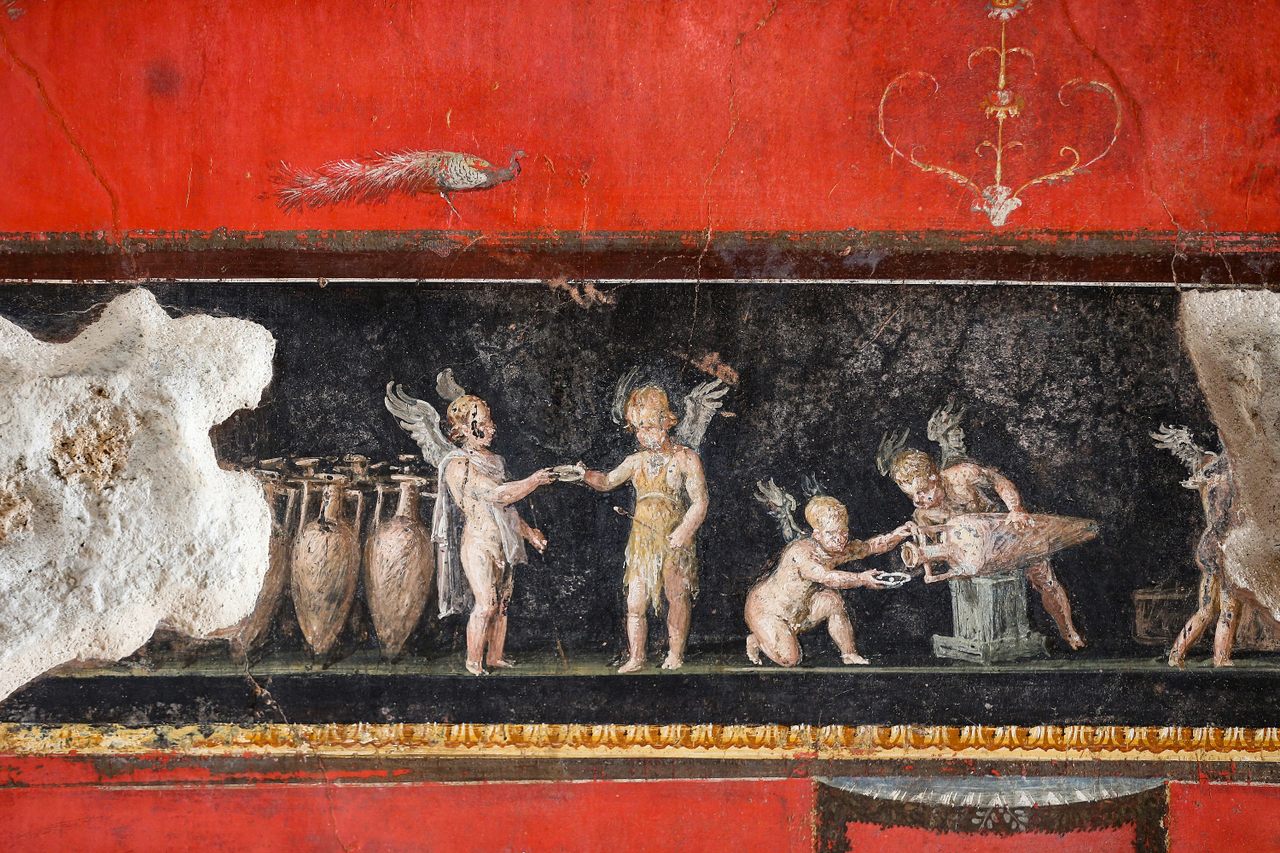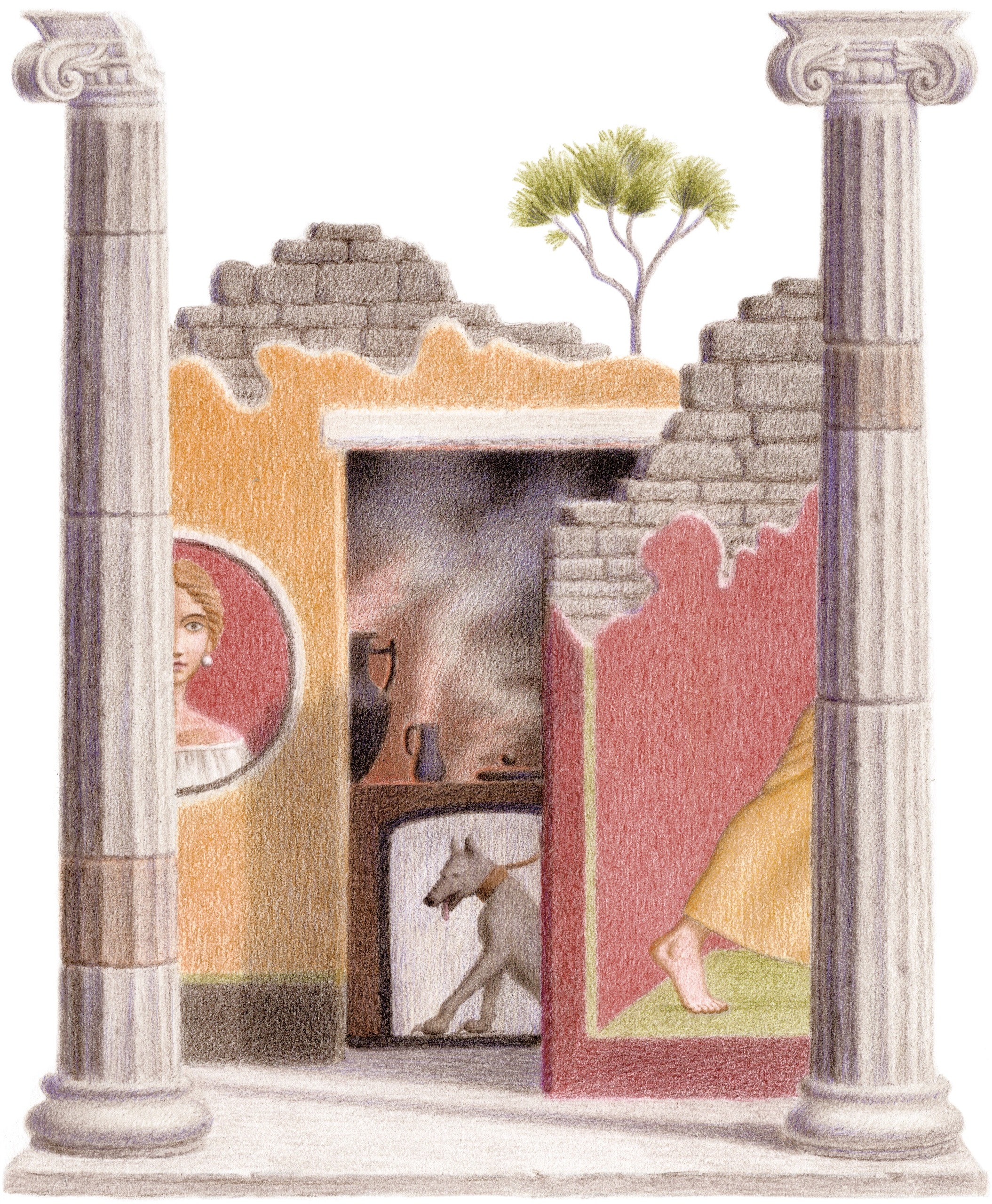Male pigeons can be distinguished from females by their physical characteristics and behavior. In male pigeons, the size and shape of the head, body, and beak differ from females.
Their behavior includes cooing and puffing up their feathers to attract mates.

Credit: www.atlasobscura.com
Plumage Coloration
Male and female pigeons have distinct differences in their plumage coloration. Males usually have brighter, more vibrant feathers, while females tend to have more subdued colors. This variation helps in identifying their gender in pigeon populations.
Plumage Coloration:plumage coloration. The males tend to have brighter and more vibrant feathers compared to females. Typically, male pigeons have a variety of colors on their feathers ranging from iridescent purples and greens to bold blues and reds. On the other hand, female pigeons usually have more muted and subdued colors, often with a more grayish or brownish tone. This difference in plumage color serves as a visual cue to identify the genders of pigeons. By observing the coloration of the feathers, one can easily determine whether they are looking at a male or female pigeon. It is interesting how these visual traits play a crucial role in the natural identification of pigeons’ genders without relying on other factors.
Body Size And Shape
Male and female pigeons can be differentiated based on their body size and shape. When comparing the physical dimensions of male and female pigeons, it is evident that males are generally larger and have a more robust body structure. The males have a bulky chest and broad shoulders, giving them a more powerful appearance. In contrast, females tend to have a slimmer and more streamlined physique. This difference in body size and shape plays a significant role in identifying the genders of pigeons.
The contrasting body features allow us to distinguish between male and female pigeons even at a distance. It is observed that males are more dominant and exhibit behaviors such as puffing up their chests, cooing loudly, and performing aerial displays to attract females. On the other hand, females have a more reserved demeanor and are often seen nesting or caring for their young. Overall, understanding the body size and shape variations between male and female pigeons contributes to accurately identifying their genders in nature.
Behavioral Characteristics
Male and female pigeons exhibit distinct behavioral differences. Understanding these differences can provide valuable insights into their mating rituals and territorial behavior.
Male pigeons, also known as cocks or cocks of the rock, display elaborate courtship rituals to attract females. They engage in puffing their feathers, cooing, and bobbing their heads. Their behavior aims to showcase their strength and attractiveness to potential mates. On the other hand, female pigeons, known as hens, assume a more passive role in the courtship process. They observe the male’s display and choose a mate based on his performance and overall fitness.
Males are known to be more territorial than females. They establish their territories by cooing loudly and flapping their wings to ward off rivals. Male pigeons are particularly aggressive during the breeding season when competition for nesting sites and resources is high. Female pigeons, however, tend to be less territorial and focus more on incubating the eggs and raising the offspring once they are hatched.
Frequently Asked Questions On Difference Between Male And Female Pigeons
Do Male And Female Wood Pigeons Look Different?
Male and female wood pigeons have different appearances. The males have a greyish-blue color with a pinkish breast, while females have a more brownish-grey color. They can be differentiated by their plumage.
Do Male Or Female Pigeons Lay Eggs First?
Male pigeons do not lay eggs; only female pigeons have the ability to lay eggs.
Are Doves Female Pigeons?
No, doves are not female pigeons. Doves and pigeons are two different bird species, although they have some similarities in appearance and behavior. Doves are generally smaller and have a more slender build compared to pigeons. Both have distinct characteristics and can be found in various parts of the world.
Why Do Pigeons Puff Up Their Neck?
Pigeons puff up their neck to regulate their body temperature and display dominance. It helps them stay warm or cool and signals their strength to other pigeons.
Conclusion
To sum up, understanding the differences between male and female pigeons is crucial for bird enthusiasts and researchers alike. From the striking variations in physical appearance to the distinctive behaviors and vocalizations, these dissimilarities shed light on the unique characteristics of each gender.
Whether it’s the elaborate courtship rituals of males or the role of females in nest-building and feeding their young, studying these dissimilarities deepens our appreciation for the magnificent world of pigeons.

Hridoy, a dedicated pigeon enthusiast, is known for his deep affection for these feathered creatures. His passion for pigeons is evident in the way he cares for and cherishes them. From meticulously maintaining pigeon coops to studying their behavior, Hridoy’s love for these birds knows no bounds.
